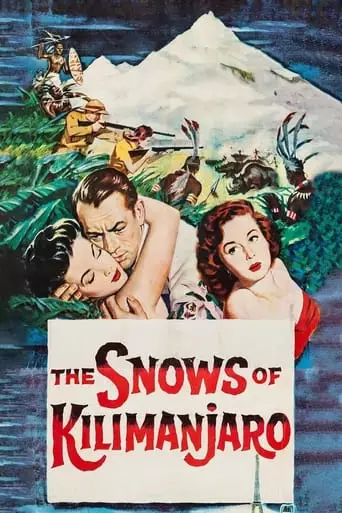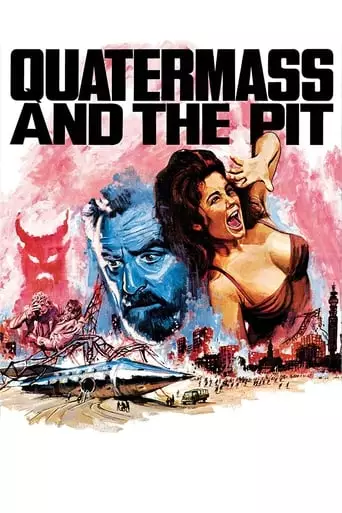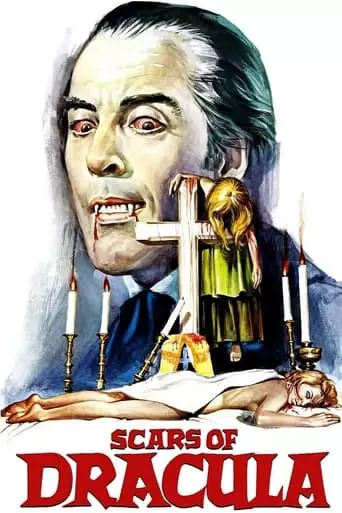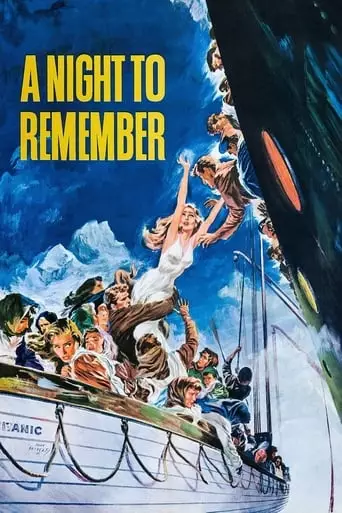Writer Harry Street reflects on his life as he lies dying from an infection while on safari in the shadow of Mount Kilimanjaro.

Writer Harry Street reflects on his life as he lies dying from an infection while on safari in the shadow of Mount Kilimanjaro.

A mysterious artifact unearthed below a London subway station proves to have powerful psychic effects on the people around. Quatermass and the Pit is a 1967 British science fiction film […]

A young psychiatrist applies for a job at a mental asylum, and must pass a test by interviewing four patients. He must figure out which of the patients, is in […]

The Prince of Darkness casts his undead shadow once more over the cursed village of Kleinenberg when his ashes are splashed with bat’s blood and Dracula is resurrected. And two […]

The sinking of the Titanic is presented in a highly realistic fashion in this tense British drama. The disaster is portrayed largely from the perspective of the ocean liner’s second […]
Roy Ward Baker: A Master of Suspense and British Cinema
Roy Ward Baker was a British film director whose career spanned more than five decades, with a particular focus on suspense, thrillers, and horror films. Known for his versatility and craftsmanship, Baker made a significant impact on both British and international cinema. While he worked across a variety of genres, he is perhaps best remembered for his work in the horror and suspense genres, including his collaborations with Hammer Film Productions and his direction of films such as A Night to Remember (1958) and The Vampire Lovers (1970). Baker’s ability to balance tension with character-driven storytelling earned him a respected place in the history of film.
Early Life and Career Beginnings
Roy Ward Baker was born on December 19, 1916, in London, England. He began his career in the film industry in the 1930s, initially working as an assistant director. His early experience in the industry provided him with a strong foundation in filmmaking, which would serve him well as he transitioned into directing. Baker’s early career was marked by his work on British films, many of which were produced during World War II.
Baker’s early films were primarily in the realm of drama and thrillers, but his breakthrough as a director came in the late 1950s when he began working with Hammer Film Productions, a company that would become synonymous with horror cinema.
Breakthrough with A Night to Remember (1958)
One of Roy Ward Baker’s most significant contributions to cinema came with his direction of A Night to Remember (1958), a British film about the tragic sinking of the RMS Titanic. The film is considered one of the most accurate and respectful portrayals of the disaster and remains one of the definitive Titanic films to this day. Baker’s meticulous attention to detail, combined with his ability to create suspense and drama, made the film a critical and commercial success.
A Night to Remember is still regarded as one of the best films of the 1950s, and it demonstrated Baker’s talent for handling large-scale, historical dramas with sensitivity and authenticity. His direction ensured that the emotional weight of the tragedy was conveyed without resorting to sensationalism, establishing him as a director capable of telling compelling, human stories.
Hammer Horror and Suspense Films
Roy Ward Baker is also well known for his work with Hammer Film Productions, a company that gained fame for its gothic horror films. Baker directed several notable films for Hammer, including:
The Vampire Lovers (1970): One of the most iconic films in Hammer’s “Carmilla” series, The Vampire Lovers was a blend of supernatural horror and sensuality. It starred Ingrid Pitt as the titular vampire and was notable for its atmosphere, eroticism, and violence. Baker’s direction of the film is often praised for its strong visual style and its ability to evoke both horror and intrigue.
Scars of Dracula (1970): Another entry in Hammer’s long-running series of Dracula films, Scars of Dracula starred Christopher Lee in his iconic role as Count Dracula. While the film was not as well received as some of the other Dracula films, Baker’s direction was still praised for maintaining the series’ eerie atmosphere and dramatic tension.
The Anniversary (1968): A psychological thriller starring Bette Davis, this film marked a departure from Baker’s usual horror fare. It is a suspenseful and darkly comedic tale of a domineering matriarch who manipulates her children during the anniversary of her husband’s death. Baker’s direction balanced the film’s macabre elements with humor and tension, showcasing his range as a filmmaker.
Baker’s work in horror and suspense often focused on atmosphere, character-driven narratives, and the psychological aspects of fear, rather than relying solely on gore or shock value. This approach made his films stand out in the crowded landscape of 1960s and 1970s horror cinema.
Later Career and Television Work
As the 1970s and 1980s progressed, Roy Ward Baker’s work became more varied, and he also turned to directing for television. He continued to work in the suspense and thriller genres, but he also directed a number of made-for-TV films and series. Some of his later works include:
The Vault of Horror (1973): This anthology film, based on stories from the EC Comics horror series, features several chilling tales directed by Baker. It is considered one of the better examples of British horror anthologies from the 1970s.
The Monster Club (1981): Another anthology film, The Monster Club is a campy, fun collection of horror stories starring Vincent Price, John Carradine, and other genre legends. Though lighter in tone than his earlier works, the film still showcased Baker’s skill in directing horror.
Baker also directed episodes of popular British television series, including The Saint and The Avengers, demonstrating his adaptability across different formats and genres.
Directorial Style and Legacy
Roy Ward Baker’s films are known for their strong sense of atmosphere, character development, and mastery of suspense. He was a director who could handle large, historical subjects with sensitivity, as seen in A Night to Remember, but also delve into the supernatural and macabre with skill, as evidenced by his work with Hammer Films.
Baker’s ability to create tension without relying on excessive gore or shock tactics was one of his defining qualities. His films often focused on psychological horror, the complexities of human nature, and the eerie atmosphere that could be created through careful direction, lighting, and music.
Conclusion
Roy Ward Baker’s career is a testament to his versatility and craftsmanship as a director. From his work on historical dramas like A Night to Remember to his contributions to the Hammer horror legacy, Baker’s films continue to be appreciated by audiences and critics alike. His ability to craft suspenseful, character-driven stories with a strong visual style has earned him a lasting place in the annals of British cinema. Whether directing a gothic horror tale or a dramatic historical retelling, Baker’s work remains influential, and his legacy endures as a master of suspense and atmosphere.